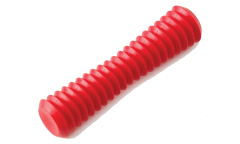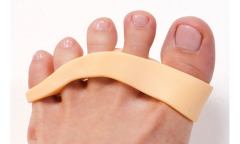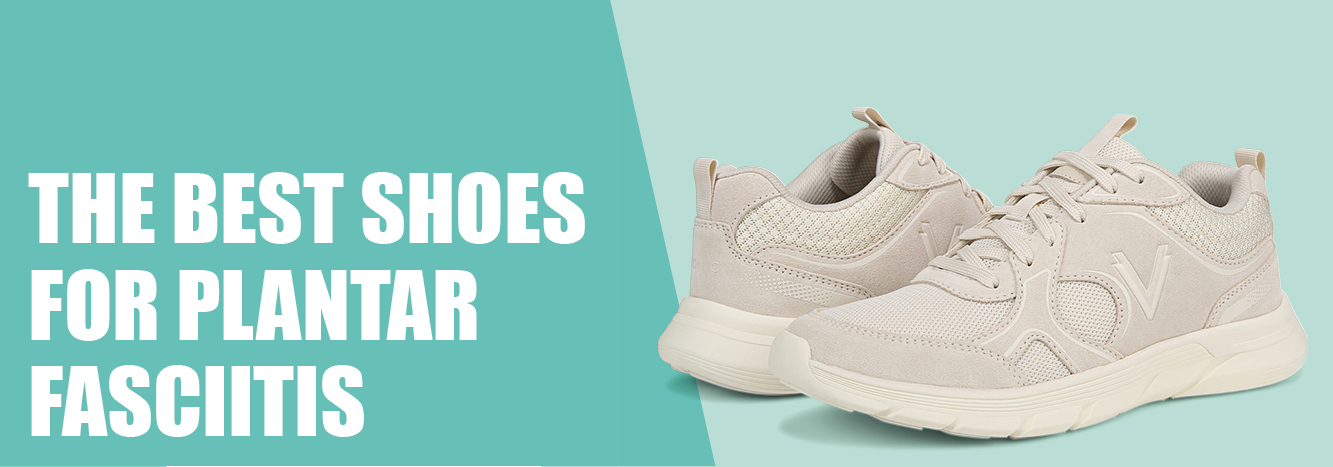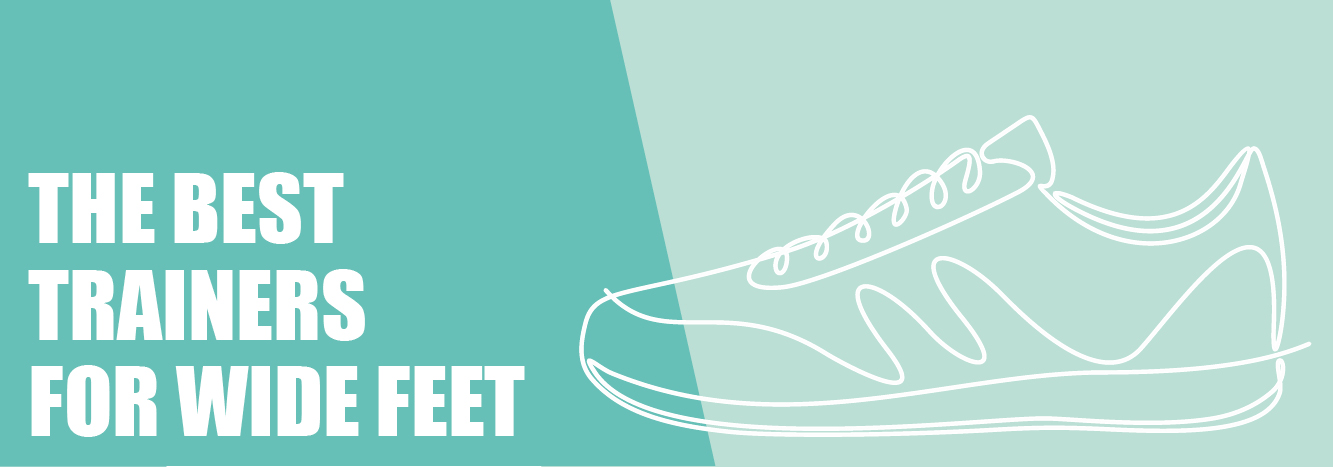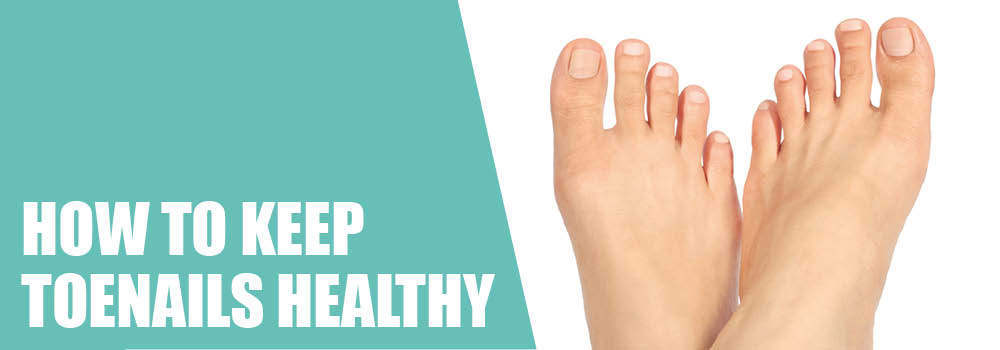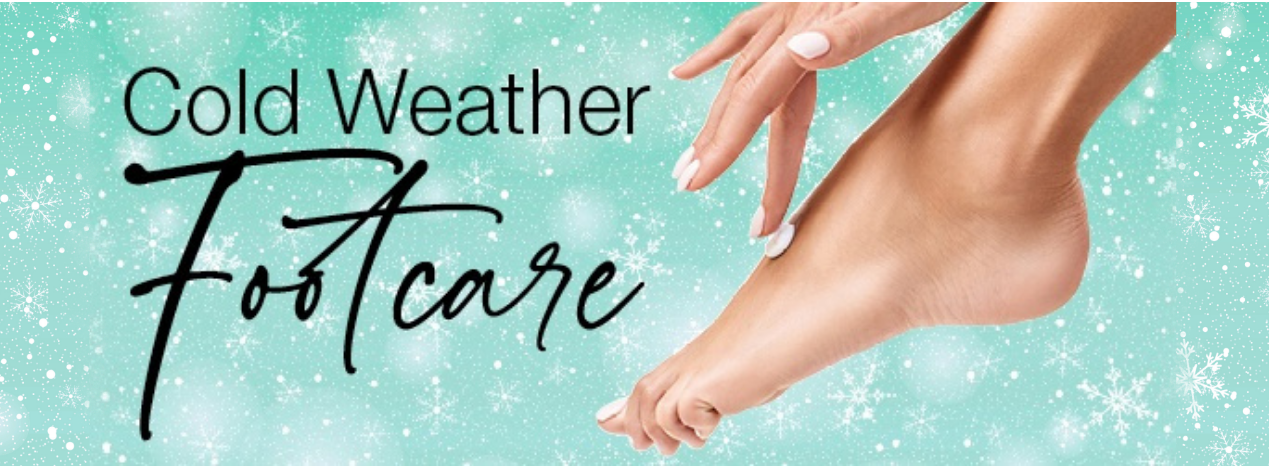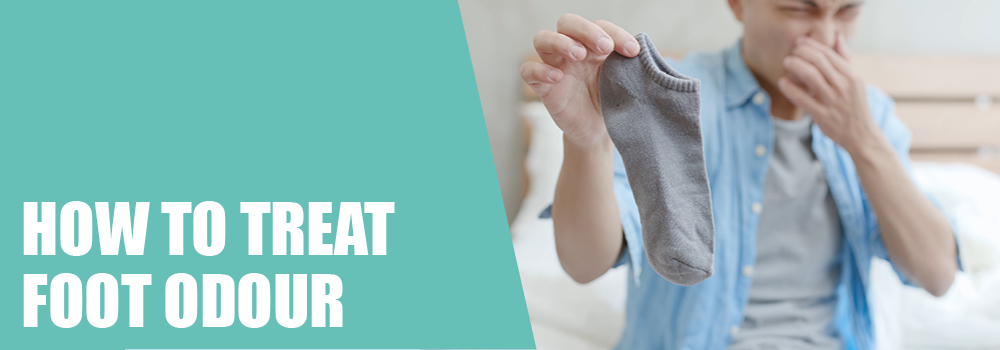What Causes Foot Cramps & How To Treat
- Mrs G
- Simply Feet Blog
- 1 Sept 2023
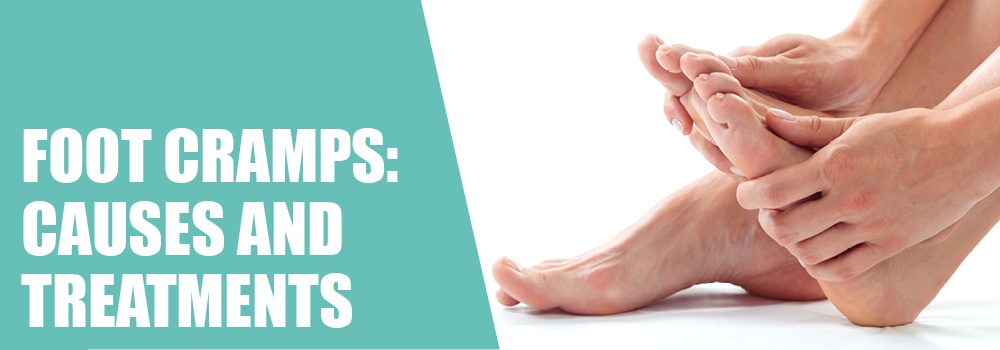
Foot cramps can strike at the most inconvenient times, disrupting daily activities and causing discomfort. Whether you're an athlete, a professional on your feet all day, or just someone experiencing the occasional cramp, understanding their causes and learning how to prevent or treat them is crucial.
In this article, we'll delve into the various factors behind foot cramps and how you can prevent them.
What Are Foot Cramps?
Foot cramps, also known as muscle spasms, are involuntary contractions of one or more muscles in the foot. These sudden and painful episodes can vary in intensity and duration, leaving individuals searching for relief. While cramps can affect any muscle, they commonly target the muscles in the calf and arch of the foot. The exact cause of foot cramps can be attributed to a combination of factors.
What Causes Foot Cramps?
Foot cramps often have no apparent cause, but there are several factors that increase the risk of developing cramps, such as:
Dehydration
Dehydration can cause your muscles to cramp because your body isn’t getting enough water for your organs and tissues to function properly. It is recommended by the NHS to drink 6–8 glasses of water a day to stay hydrated.
Low Potassium
You may experience cramping in your feet or legs if you have low potassium levels. The reason for this is that potassium is an electrolyte that helps control functions that are essential to muscle movement and maintenance.
Poorly Fitted Shoes
If your feet are cramping, it is possible that your shoes could be too tight and are causing your feet to blister and can restrict the circulation to your feet. If your foot's movement is being restricted, then this can cause muscle cramping.
Intense Exercise
Exercising too much and too intensively can cause you to put extra strain on your feet, causing them to cramp. Activities such as running and dancing have a higher chance of causing foot cramps because they put a lot of stress on the feet and legs.
Lack of Exercise
If you aren’t used to doing much exercise, you should make sure you don’t do too much too fast, as this can lead to cramping. Start with moderate exercise and reduce the amount of exercise if you feel like you could be pushing too hard.
Lack of Vitamins & Minerals
A deficiency in minerals like potassium, magnesium, and calcium can trigger muscle cramps. These minerals are essential for muscle contraction and relaxation.
Medication
There are several types of medication that can cause muscle cramping as a side effect. Here are some examples, however, this doesn’t mean everyone will experience muscle cramps after taking these medications.
- asthma medication
- blood pressure medication
- statin drugs
- osteoporosis drugs
- neostigmine (Prostigmin)
- medications for Parkinson’s disease
- medicines for Alzheimer’s disease
Pregnancy
Numerous women encounter foot cramps while expecting a baby, particularly in the final few weeks of pregnancy. Carrying the additional weight of the baby can place added stress on the legs, and the heightened pressure on the veins in the lower body can hinder blood circulation in the legs and feet.
Medical Conditions
Certain medical conditions, such as diabetes, nerve compression, and thyroid disorders, can increase the risk of foot cramps. These conditions can affect nerve function and muscle control.
How To Get Rid of Foot Cramps
Here are some of the best ways to help relieve foot cramps:
Heat Packs
Heat packs provide an excellent method for alleviating foot cramps, particularly those impacting the calves and legs. Applying warmth through a heating pad or tepid water can effectively ease muscle tension, enhance circulation, and lessen discomfort. For individuals susceptible to foot cramps at night, it's advisable to keep a hot water bottle by your bedside, prepared for use.
Stretching
Doing stretching exercises is a great way to reduce foot cramps. Applying gentle stretching at the time of the cramp can help alleviate symptoms. Here are a few examples of some great stretches to help elevate any discomfort:
1. Toe Flexing and Pointing
Sit down comfortably and extend your legs in front of you. Slowly flex your toes (pull them towards your body) and hold for a few seconds, then point your toes away from your body and hold again. Repeat this movement several times to help relax the muscles in your feet.
2. Toe Curls
Place a small towel or cloth on the floor in front of you. Sit down and use your toes to grip and curl the towel toward you. This exercise can help improve the strength and flexibility of the muscles in your feet.
3. Ankle Circles
While sitting or lying down, lift one foot off the ground and gently rotate your ankle in a circular motion. Do this for about 10 rotations in each direction, then switch to the other foot.
Stay Hydrated
Muscle cramps may occur due to dehydration as your body isn't receiving adequate water for the effective functioning of its organs and tissues. The NHS advises drinking 6–8 glasses of water daily for proper hydration, and this will help reduce foot cramps.
Exercise Appropriately
It is important to make sure you exercise regularly, however, ensure that you don’t exercise too much or too vigorously, as this can risk having cramps. We recommend that you always warm up and cool down before and after exercise, and if you are new to exercise, start slowly and gradually building up the intensity.
Toe Stretchers
Toe stretches are an excellent way to stretch out the muscles and ligaments around the toes and improve the alignment of the bones, which should help reduce foot cramps.
Wear Suitable Footwear
Ensuring proper fit and support for your feet in both exercise and daily activities is crucial. Opting for well-fitting footwear and avoiding high heels or shoes with narrow toe boxes can help reduce the likelihood of experiencing foot and toe cramps.
Foot Cramps FAQs
What Causes Foot Cramps at Night?
Foot cramps are more likely to occur at nighttime because your body has reduced fluids and electrolytes, making your muscles more vulnerable to cramps.
How Can I Prevent Foot Cramps While Exercising?
Stretch your calf and foot muscles before and after exercise, stay hydrated, and ensure you have proper footwear with adequate support.
When Should I Consult A Doctor About My Foot Cramps?
If foot cramps are persistent, severe, or accompanied by other symptoms, it's advisable to consult a healthcare professional to rule out underlying issues.
Keep Your Feet Supported with Simply Feet
At Simply Feet, we understand that foot cramps can be uncomfortable. For more information on heel conditions and concerns, please speak to a podiatrist. Alternatively, you can browse our range of men's and women's footwear, which are excellent for supporting your feet.
If you require any further assistance, please contact us here, and a member of our staff will be in touch with you!

